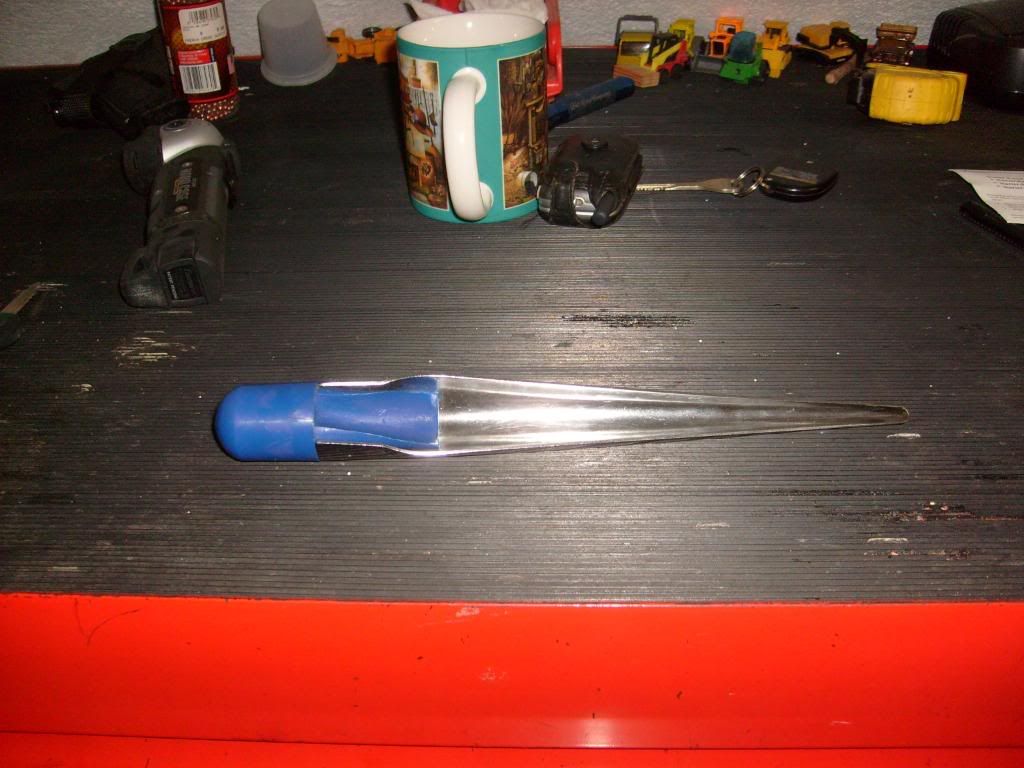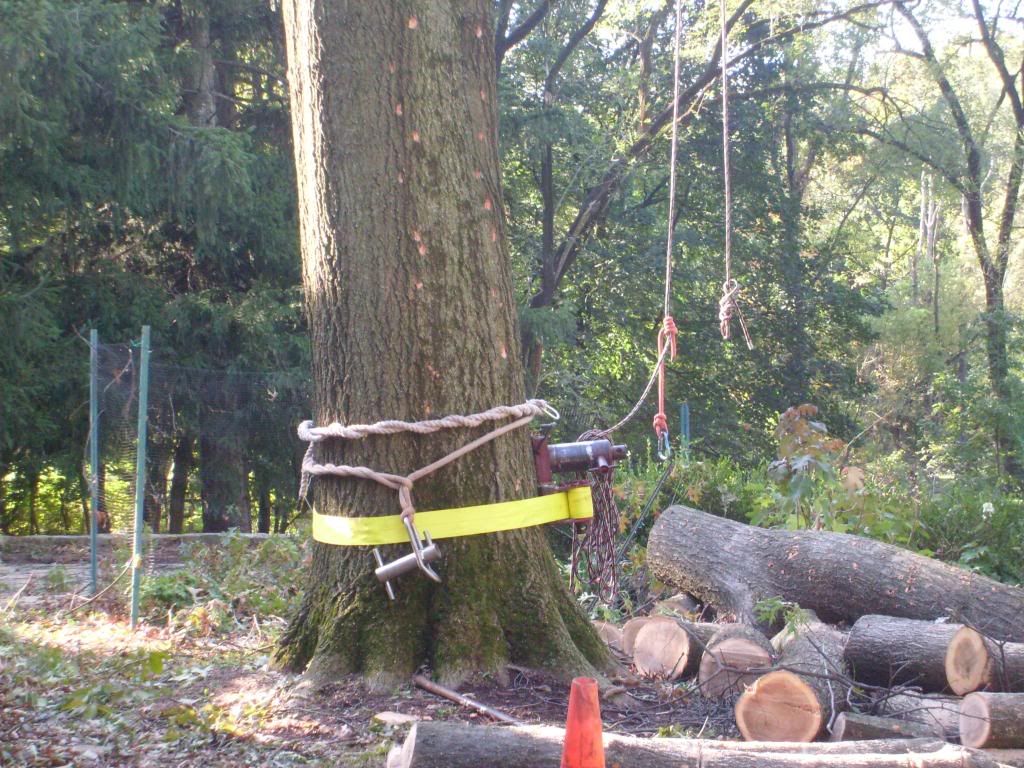treemandan
Tree Freak
Nothing to special but cheap and bombproof one would think. This is the last bit of that dynamic support rope that I was going to use attach a pulley with a timber hitch. I just strung up an oak for a client and only had a few feet left. Its like a buck oh five a foot and easy as pie to splice why I did it while I gave my 3 year old a bath. She did a lot of the work, I would say just as much as I did.

Of course the fid. I suppose it wasn't the safest thing to have in the bath but she had no problem with it.

The rope is kinda like that Tenex stuff which I really have never used anyway. It is very strong but I thought it would always get snagged running through the tree and it does so I avoided it. Also the strech, not only in this dynamic cable rope but in the Tenex... just never liked it. I think it will work good in this application though.

Of course the fid. I suppose it wasn't the safest thing to have in the bath but she had no problem with it.

The rope is kinda like that Tenex stuff which I really have never used anyway. It is very strong but I thought it would always get snagged running through the tree and it does so I avoided it. Also the strech, not only in this dynamic cable rope but in the Tenex... just never liked it. I think it will work good in this application though.


























































